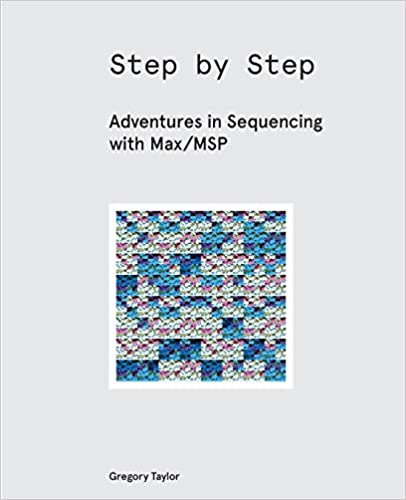

- MAX MSP GSWITCH FOR SIGNALS FOR MAC
- MAX MSP GSWITCH FOR SIGNALS DOWNLOAD
- MAX MSP GSWITCH FOR SIGNALS FREE
Jitter 1.2.4 without documentation (7 MB) Released 06/08/05.Jitter 1.5 documentation only Released 7/29/05.Jitter 1.6 documentation only (14 MB) Released 9/22/06.
MAX MSP GSWITCH FOR SIGNALS FOR MAC
For Mac PPC and Intel machines running OS X 10.3.9 or later (10.4 recommended).
MAX MSP GSWITCH FOR SIGNALS FREE
Developer Tools downloads - Max/MSP by Cycling '74 and many more programs are available for instant and free download. The most popular Linux alternative is Pure Data, which is both free and Open Source.If that doesn't suit you, our users have ranked 34 alternatives to Max/MSP and 18 are available for Linux so hopefully you can find a suitable replacement. About Press Copyright Contact us Creators Advertise Developers Terms Privacy Policy & Safety How YouTube works Test new features Press Copyright Contact us Creators.

Max/MSP is not available for Linux but there are plenty of alternatives that runs on Linux with similar functionality. The following version: 5.1 is the most frequently downloaded one by the program users.
MAX MSP GSWITCH FOR SIGNALS DOWNLOAD
Our antivirus check shows that this Mac download is malware free. Routing a signal: gate The MSP object gate works very similarly to the Max gate object. Examples of each of these usages can be seen in the tutorial patch. The MSP send can change destinations with a set message. This Mac app is a product of Cycling '74. The Max send object, once created, cannot change destinations (the Max forward object does this). Max/MSP for Mac is categorized as Developer Tools. The 5.1 version of Max/MSP for Mac is available as a free download on our website. have been compiled with debugging enabled (usually by adding the -g switch to the. User Accounts and Product Authorization FAQ about your Cycling '74 account and product authorization. crtn.o collect2: ld terminated with signal 11 Segmentation fault. I am so fucking drunk I’m sorry if that didn’t make much sense.Cycling '74 Forums Get help from other Max users Max Online Documentation Find help, tutorials, and online documentation for Max Places to Learn Max Learn about Max at your own pace, at your own level Technical, Sales, and Account Topics. Snapshot just gives you a snapshot of the signal at whatever you set the polling rate to, so say you’ve got your sample rate at 44100hz, and you have your snapshot object set up to give you an output every ten milliseconds, you’re really just getting a small fraction of the samples you want to operate on (100 out of every 44100 if I’m not mistaken), and then when you use sig~ to turn it back to audio, you just get the samples you operated on, which is nowhere close to all of them. So if you want to do math on a signal, you’re gonna wanna do that math on every single sample, if you don’t do it on every single sample, you’ll just get a weird super lofi approximation of the signal +math.

The short answer is this, signal messages happen at audio rate which is 44100 times a second (unless you set it to something higher cause you’re a dick and want to render super high quality sine waves at 20khz - I’m just kidding relax, other sample rates are great), messages happen WAY slower. Im trying to understand a patch/abstraction in Max for Live called M4L.bal1, but I think the question is a pretty general one about digital audio processing. What math do you want to do? Why can’t you do it on the signal?


 0 kommentar(er)
0 kommentar(er)
